Architects & Firms
“This city is always pushing itself to accomplish something never before done,” says architect Fadi Jabri, head of Nikken Sekkei’s Dubai office. Record-setters abound—the Burj Khalifa is still the world’s tallest building 14 years after completion. The financial capital has also sprouted a gilded gateway, the Dubai Frame, and multiple sets of twins—such as the Emirates and Al Kazim towers. “We wanted to add something new to a skyline that seems to have everything; this was the challenge for us,” he adds.
Such a simple-sounding exercise belies the complexity of realizing that achievement while building One Za’abeel, a double-towered mixed-use complex that spans an active road and shatters the record for longest occupiable cantilever. Situated in a little-developed neighborhood between historic Old Dubai and the dense downtown, the two skyscrapers—one 1,000 feet tall and the other 770—spring from a three-story, greenery-capped plinth that sits on a triangular island bounded by a sea of multilane highways. Getting there—and leaving—without the aid of a car is an onerous task, but that’s more or less the point. One Za’abeel was partly envisioned as a luxury “urban resort”—the sky-high version of an all-inclusive hotel—packed with amenities and places to eat, shop, and relax.
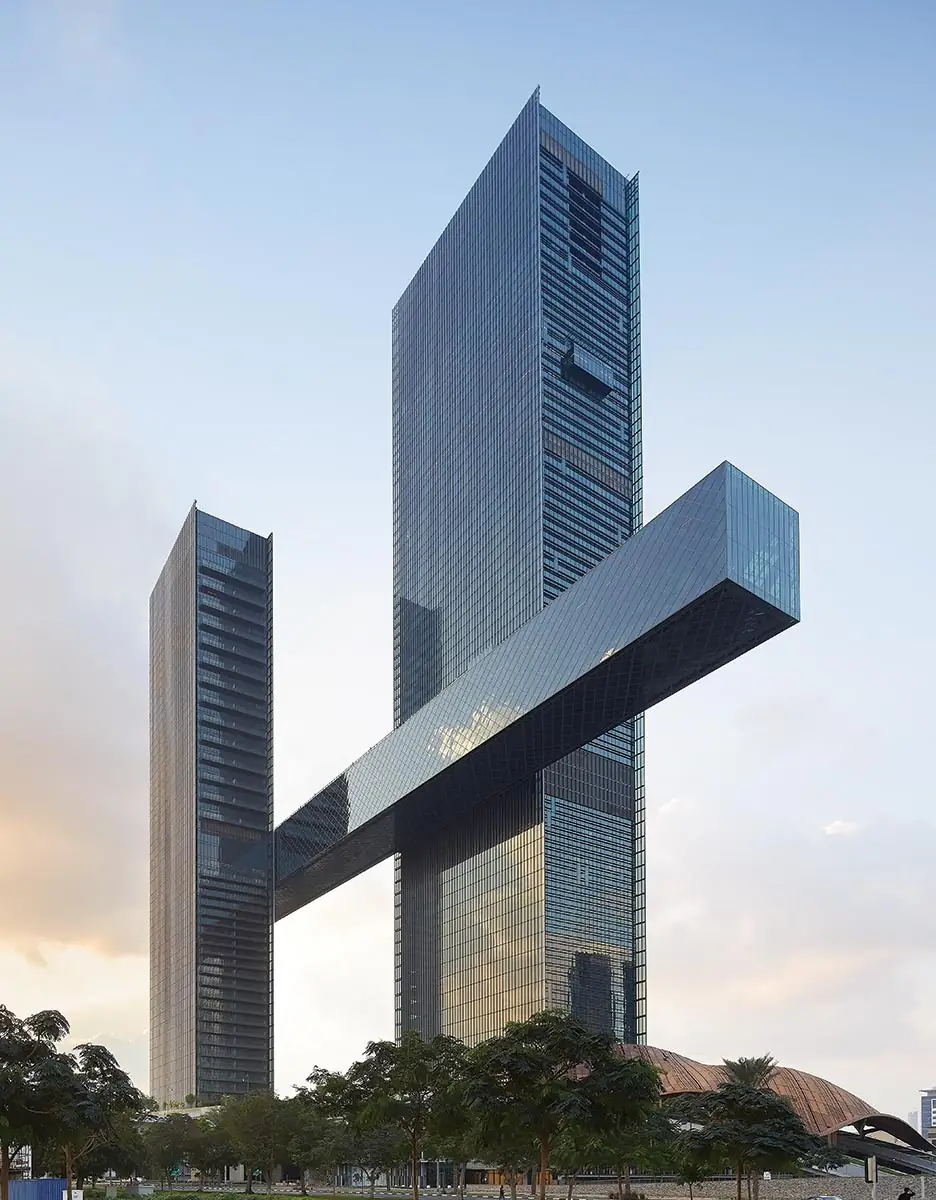
1
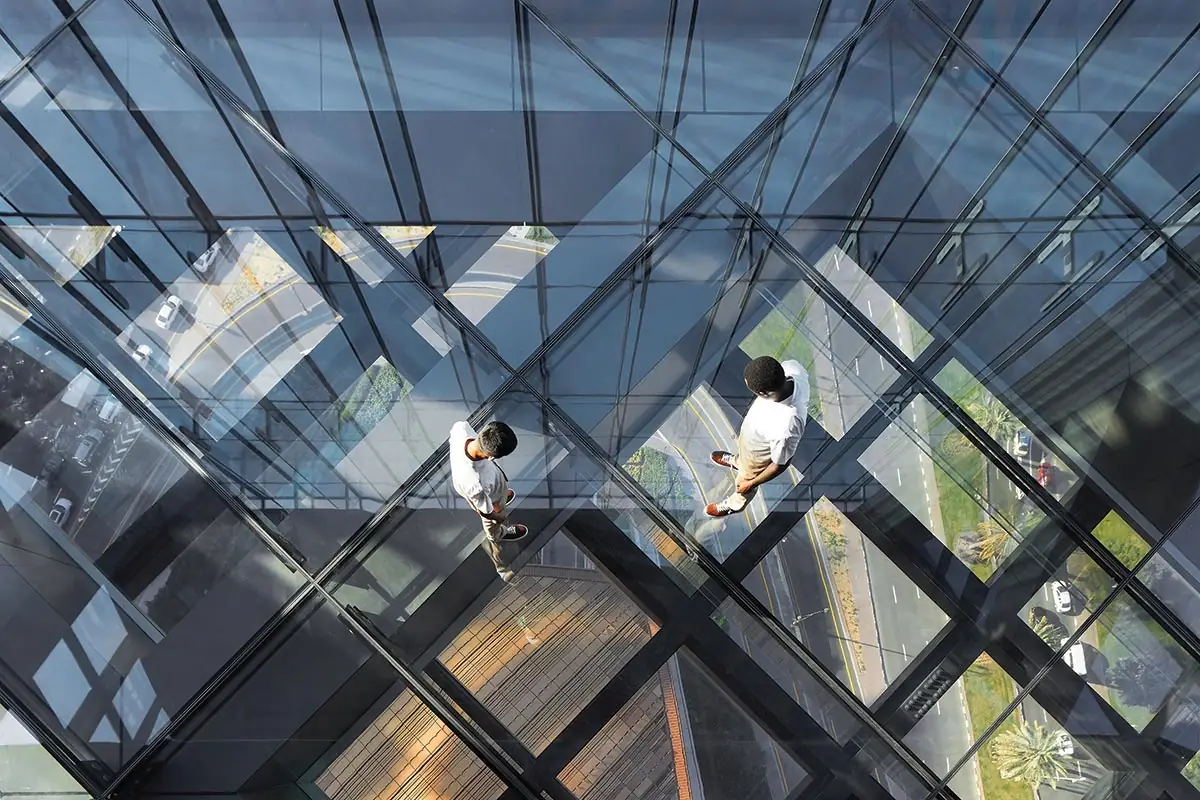
2
One Za’abeel’s dramatic cantilever (1) features a transparent, walkable floor (2). Photos © Hufton + Crow, click to enlarge.
Clean, minimally detailed glass curtain walls cloak each of the sans-setback towers. Although the shorter exposures are regularly broken by balconies and terraces, the longer facades feature pristine, uninterrupted surfaces that terminate on both sides with bladelike planes, lengthened by the inverted corner tucked behind them. Heat-strengthened, laminated glass fins that penetrate the envelope partially support these facades, reducing the size of mullions and preventing distortion caused by “pillowing.” Embedded frit renders these fins, from an oblique angle, an opaque, misty gray that quickly evaporates as one moves around. And when the sun sets, the crisp, prismatic forms of One Za’abeel are accentuated by a subtle but effective lighting scheme, by Tokyo-based LPA, that outlines them.
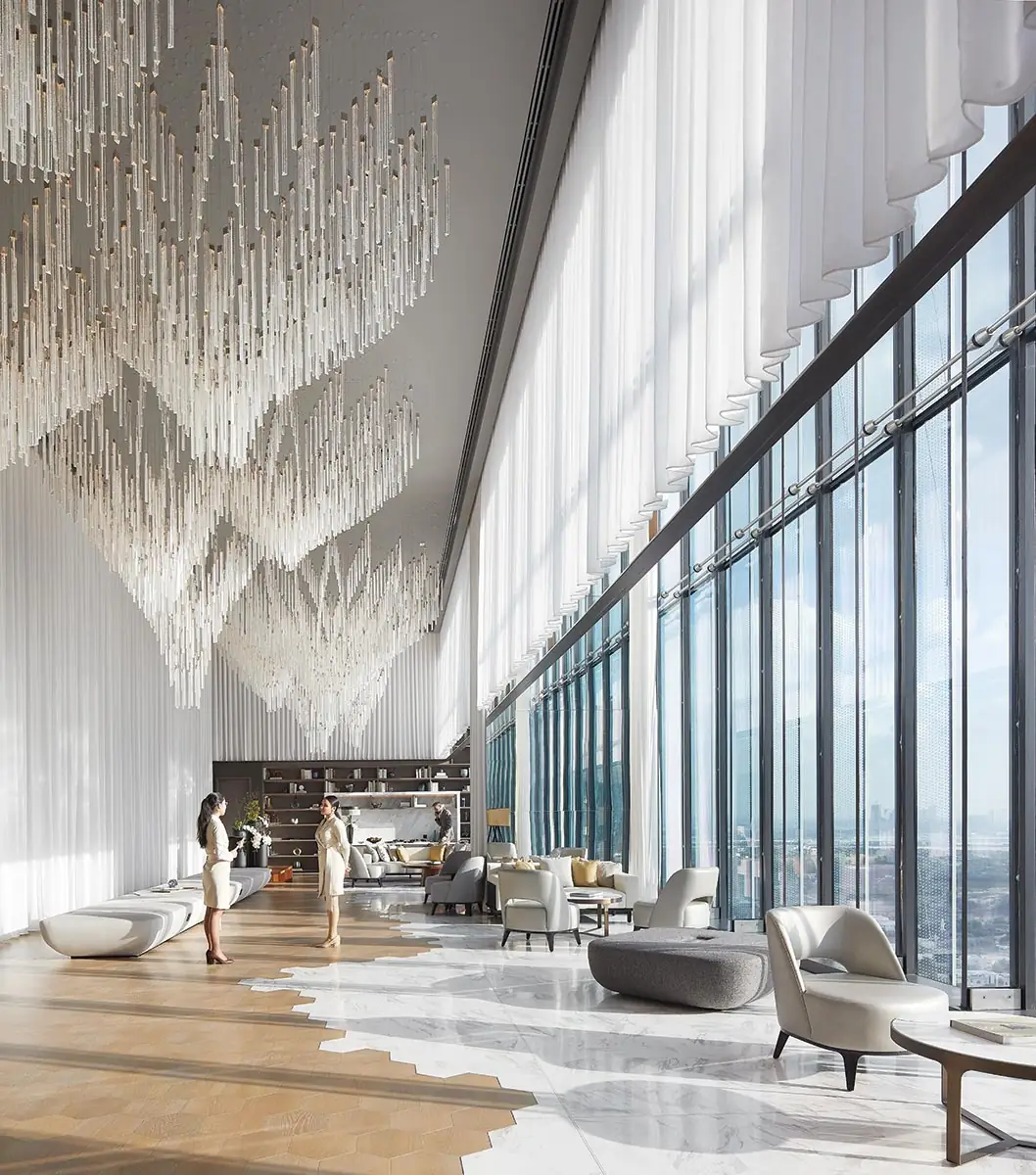
The hotel check-in is on the 25th floor. Photo © Hufton + Crow
The upper floors of the taller tower host a 229-key luxury hotel, One&Only, and a 132-key wellness-oriented hotel, SIRO, both operated by Kerzner International, as well as 94 branded residences and nine “penthouses” at the crown. Guests approach via a shaded ramp, where, the architects explain, design cues hint at the atmosphere of an oasis. Water trickles down surrounding walls, while mashrabiya screens hide pumps that flood the arrival area with recycled cool air from the building—refreshing during scorching summer months, when temperatures can peak at 110 degrees Fahrenheit. Inside the hotel lobby, designed by Jean-Michel Gathy’s Malaysia-based firm, Denniston, dunelike sculptures flow through opulent marble-lined interiors.
The lower floors of the tower comprise 280,000 square feet of leasable Grade A office space, accessed via the ground-level concourse and podium, which include some of the few interiors designed by Nikken Sekkei. These, along with the office lobby by LW, are far more restrained in tone—elegantly so—with touches of warm woods, fluted and translucent glass, and burnished metals. One tenant is the Investment Corporation of Dubai, parent company of Kerzner and the principal investment arm of the local government, chaired by the crown prince of Dubai, Sheikh Hamdan bin Mohammed bin Rashid al Maktoum.
The shorter tower, One Za’abeel The Residences, comprises, as its name suggests, 264 apartments in both simplex and duplex arrangements.
“The Link,” hovering 330 feet above the ground, connects the two high-rises. Guests who wander into it may not immediately realize that they have moved beyond the footprint of either tower, but a quick glance to either side will do the trick—suddenly, they stand in a 750-foot-long column-free expanse brimming with bars and restaurants. On one end, the Link dramatically juts out 221½ feet, forming the longest occupiable cantilever in the world, usurping the previous record holder, Moshe Safdie’s Marina Bay Sands in Singapore. At the other end of the Link, guests amble through Arrazuna—a restaurant designed to resemble a food market with multiple “stalls,” around which glimpses of Dubai’s skyline come in and out of view—or they can enjoy a meal at any number of high-end offerings with tasteful interiors by New York–based Rockwell Group.
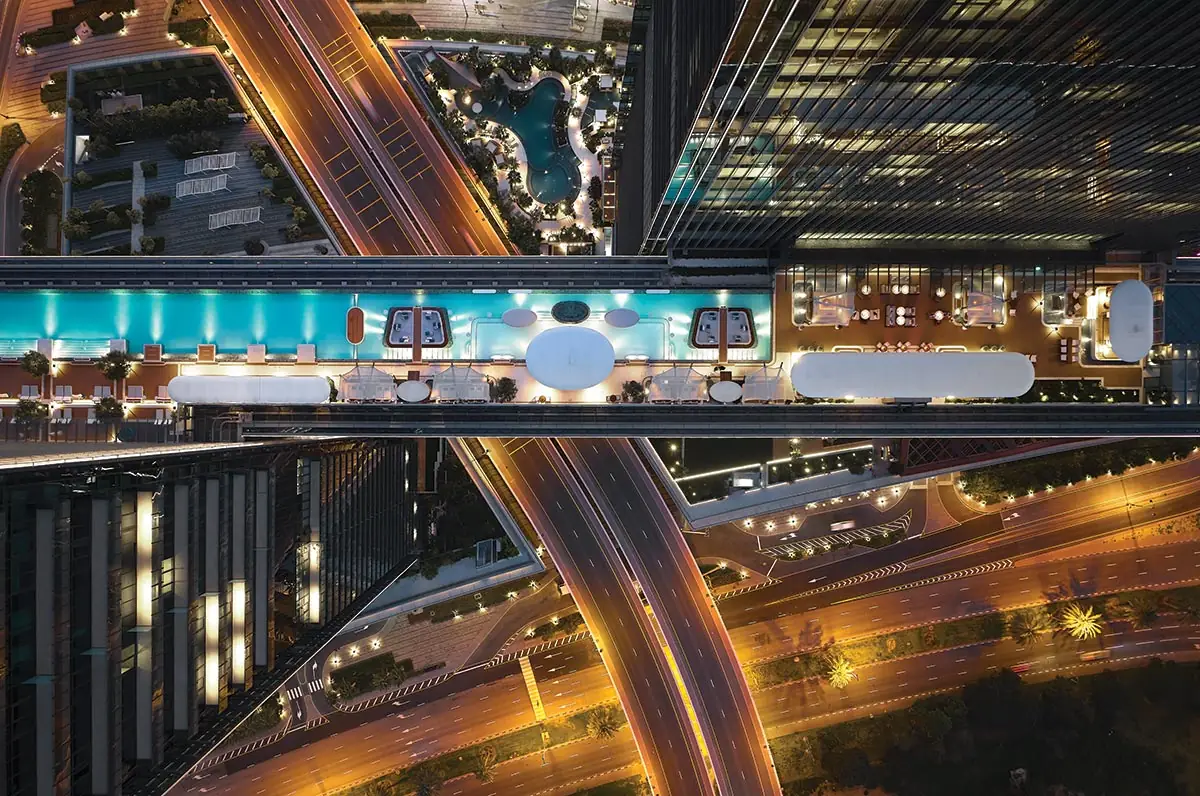
The Link connects the two towers of One Za’abeel (above and top of page). Photo © Hufton + Crow
Although the restaurants and bars help fulfill the ambition to become an urban resort, the Link was not planned in the project’s early days as a culinary destination. As Kerzner chief executive officer Philippe Zuber explains, the architects proposed something different. “What an expensive art gallery that would have been, suspended up there,” he remarks of the idea, noting that such a venture would not have been profitable.
On the roof of the Link, guests will find a 360-foot-long infinity pool with stunning views of downtown Dubai. “This building gave us an opportunity to think about what an urban resort should stand for,” Zuber says. “This is an elevated boulevard. It is a beach in the sky.” The aim is not placelessness, either, given the many nods to local cuisine and culture—and, heard in the distance, the intermittent call to prayer serves as a reminder of One Za’abeel’s Emirati setting. (Initially, the pool was to have a transparent basin; though technically possible, the move was deemed too immodest.)
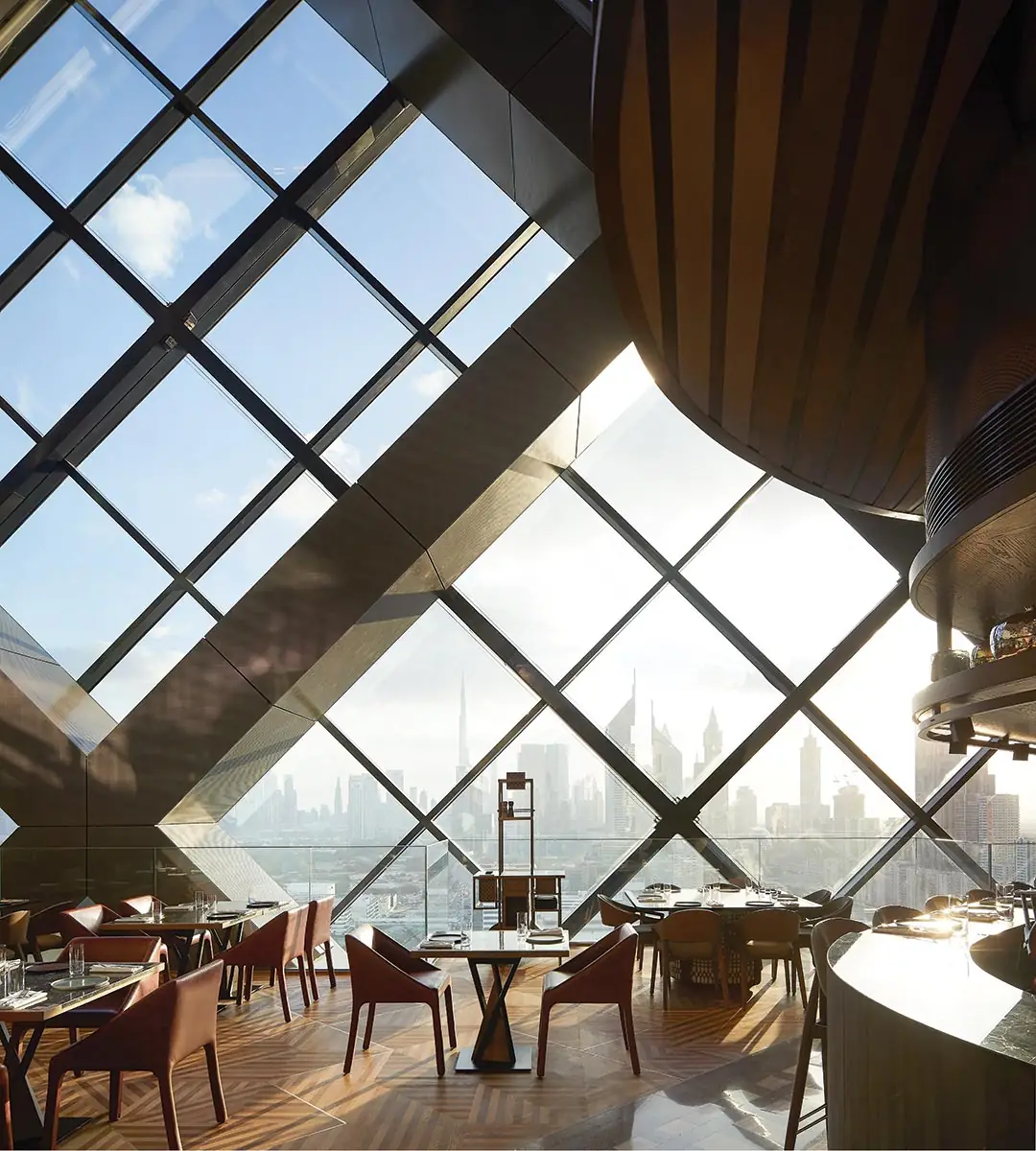
3
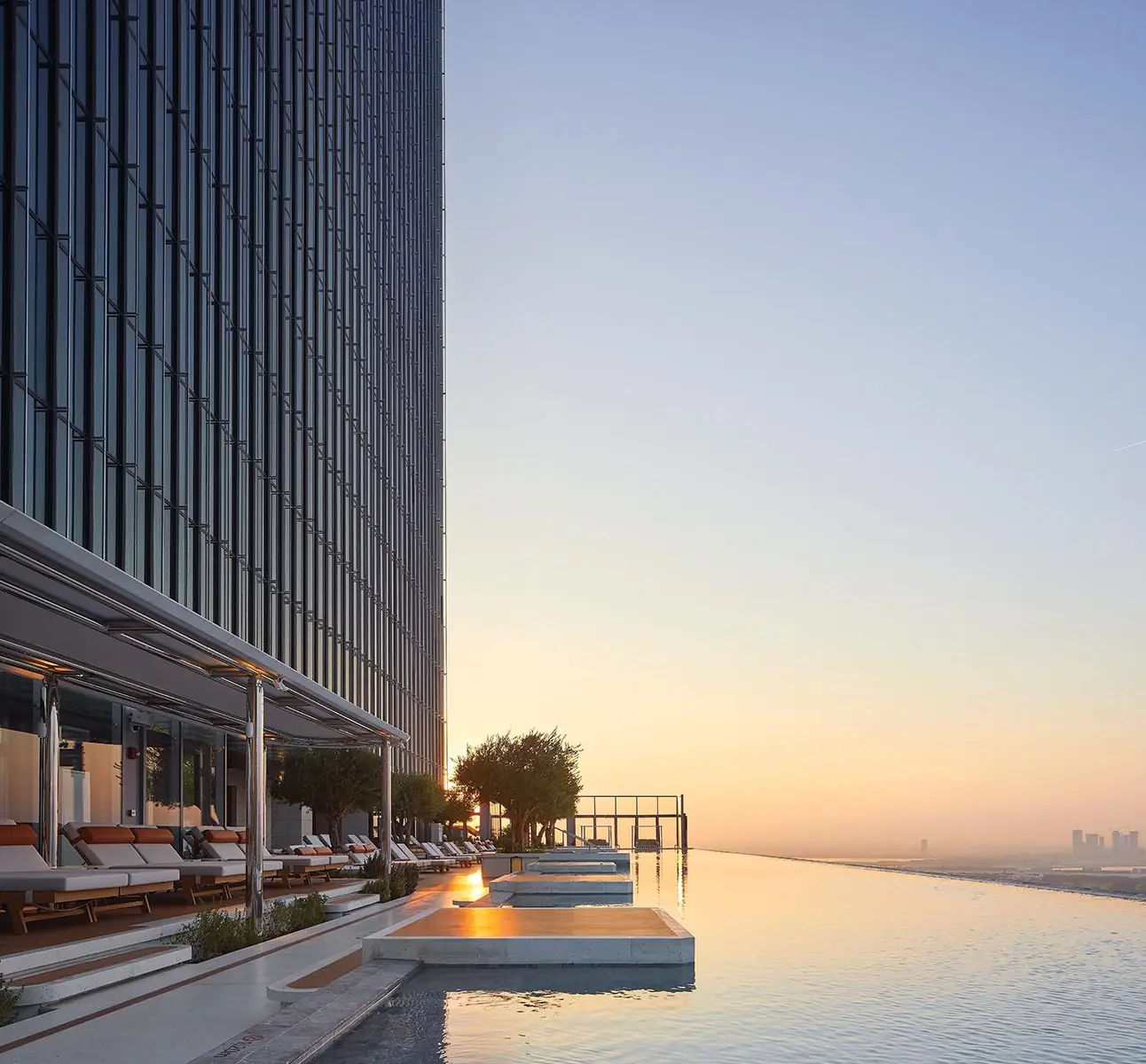
4
A diagrid wraps the Link (3), which is topped by a pool (4). Photos © Hufton + Crow
This sliver of paradise was not assembled in situ; rather, engineers built the structure in sections, using the podium as a staging ground, and then hoisted it into place over 72 hours. “Dubai has only stopped three times: when George Bush visited, when Covid first struck, and when the lift began, which halted car traffic,” Jabri says with a laugh. The endeavor required hundreds of cables and strand jacks temporarily affixed to both towers. At 9,600 tons (heavier than the Eiffel Tower’s frame), the massive diagrid would have pulled the skyscrapers closer together; instead, they were deliberately canted away from one another, and raising the structure brought them parallel.
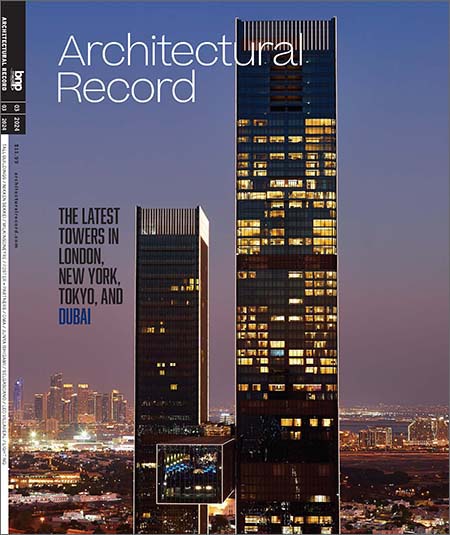
The Link daringly hangs from both high-rises, bridging the gap between them—the gesture recalls the unbuilt Cross # Towers, proposed by Bjarke Ingels Group for Seoul in 2012, about a year before the competition for One Za’abeel was held. A hybrid concrete-and-steel system, on a 40-foot grid, holds up the towers and the Link—and a hefty, 6½-by-9-foot corner column bears the brunt of the tremendous moment load from the cantilever. On the upper floors, the concrete structural frame is more conventional. A 20-foot grid runs through SIRO, accommodating smaller rooms, and a 30-foot grid runs through the luxury hotel and penthouses. The transitions, concealed at transfer and mechanical levels, and further disguised by the highly regimented curtain wall, allowed the architects to pull columns away from the corners at higher levels, freeing up valuable space for views.
Refinement may prevail throughout much of One Za’abeel, but this makes a handful of loud interiors much more noticeable. Bulbous ceiling protrusions in the Link, formed by wood slats, detract from its impressive linearity. Campy blue velvet covers much of the hotel’s nightclub, the Sphere, which features what appears to be a kidney-shaped Anish Kapoor knockoff-turned-bar. Multimedia gimmicks, such as the digital locks that romantic duos can clip onto a digital chain-link fence, add lowbrow Las Vegas frill. “It has definitely been a challenge. We have our own design DNA and identity, but we’re creating a building for the client, for the community, for Dubai,” says project architect David Lehnort, noting the many stakeholders, six interior design firms, and considerable cast of international consultants involved. There’s a little bit for everyone.
One Za’abeel does not add to the nearby roster of unremarkable and pastiche towers—on the contrary, it expresses a take on the tall building that is more sophisticated than almost everything else Dubai has to offer. And, in the process of realizing the world’s longest cantilever, Nikken Sekkei, Japan’s oldest architecture firm, may have accomplished something far more meaningful—that is, shown Dubai how to raise the bar.
Click drawings to enlarge
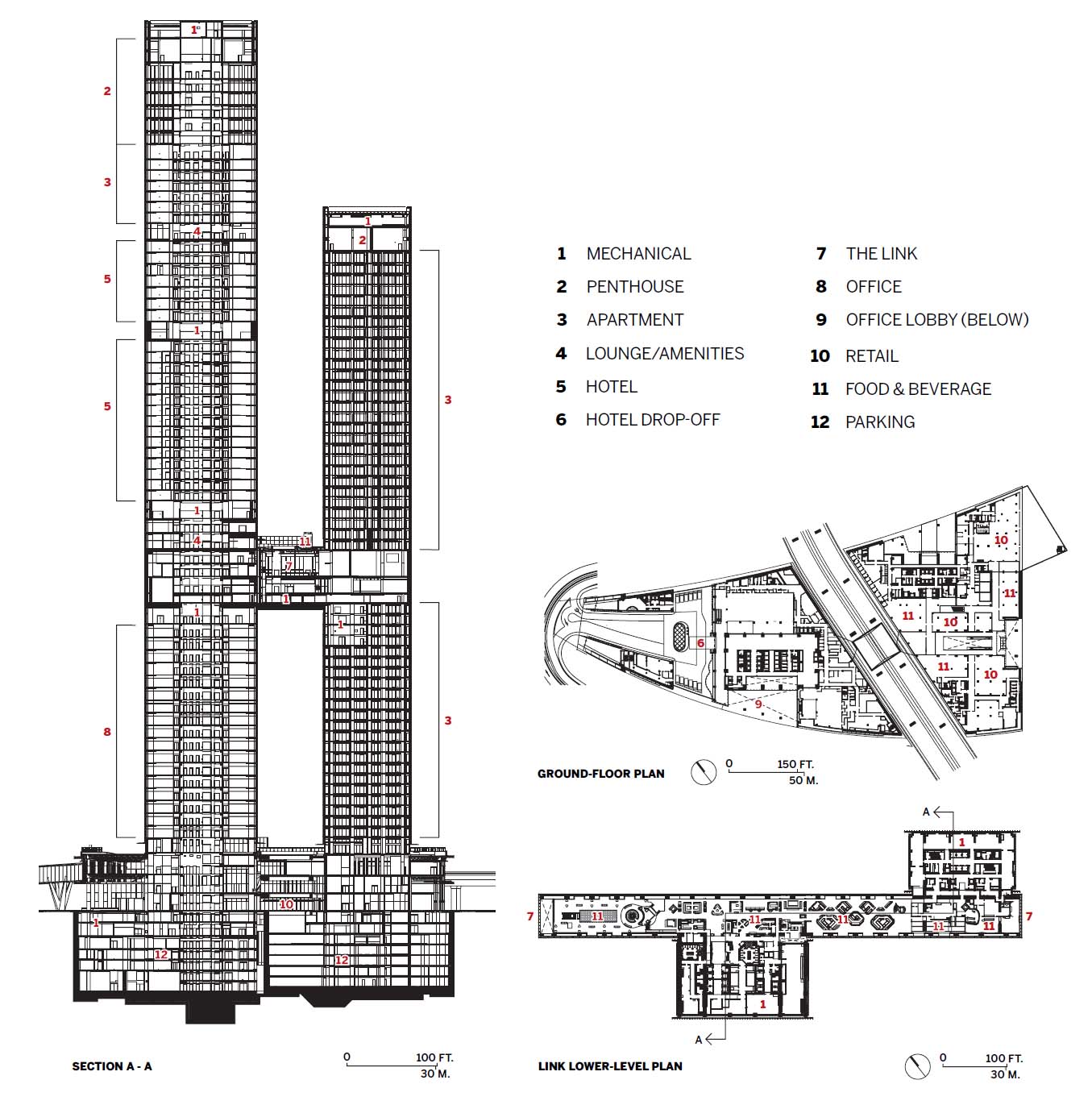
Credits
Architect:
Nikken Sekkei — Koko Nakamura, design director; Fadi Jabri, executive officer; Hiroshi Nishikiori, David Lehnort, Issei Kasashima, associates; Takamitsu Moriyama, architect
Engineers:
Nikken Sekkei, WSP Middle East (structural, m/e/p); RWDI (wind)
Consultants:
Inhabit (facade); Limah, ESD (signage); Cracknell (landscape); LPA (lighting); LW Design Group, Denniston, Rockwell Group, DWP, HBA Social F+B (interiors); Stufish (canopy); DPA Design Studio, Wellness by Design, Brimaxx, Farmboy, Capsule Arts, Crowd Dynamics, Brash
General Contractor:
ALEC Engineering and Contracting
Client:
One Za’abeel Holdings
Size:
5,704,800 square feet
Cost:
Withheld
Completion Date:
January 2024
Sources
Curtain Wall:
Al Abbar
Flooring:
Tarkett, BASF, Silikal
Conveyance:
Otis
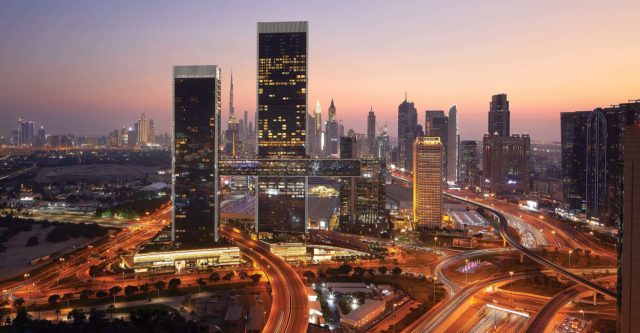


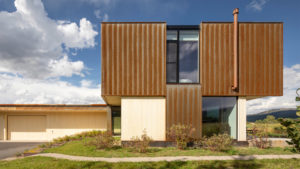
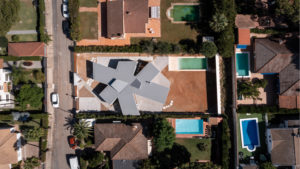
.jpg?height=300&t=1713468361&width=300)
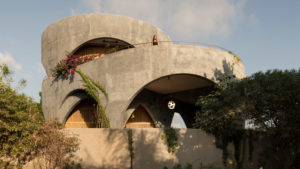
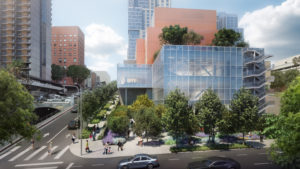
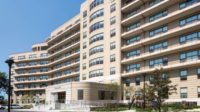
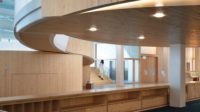
Post a comment to this article
Report Abusive Comment